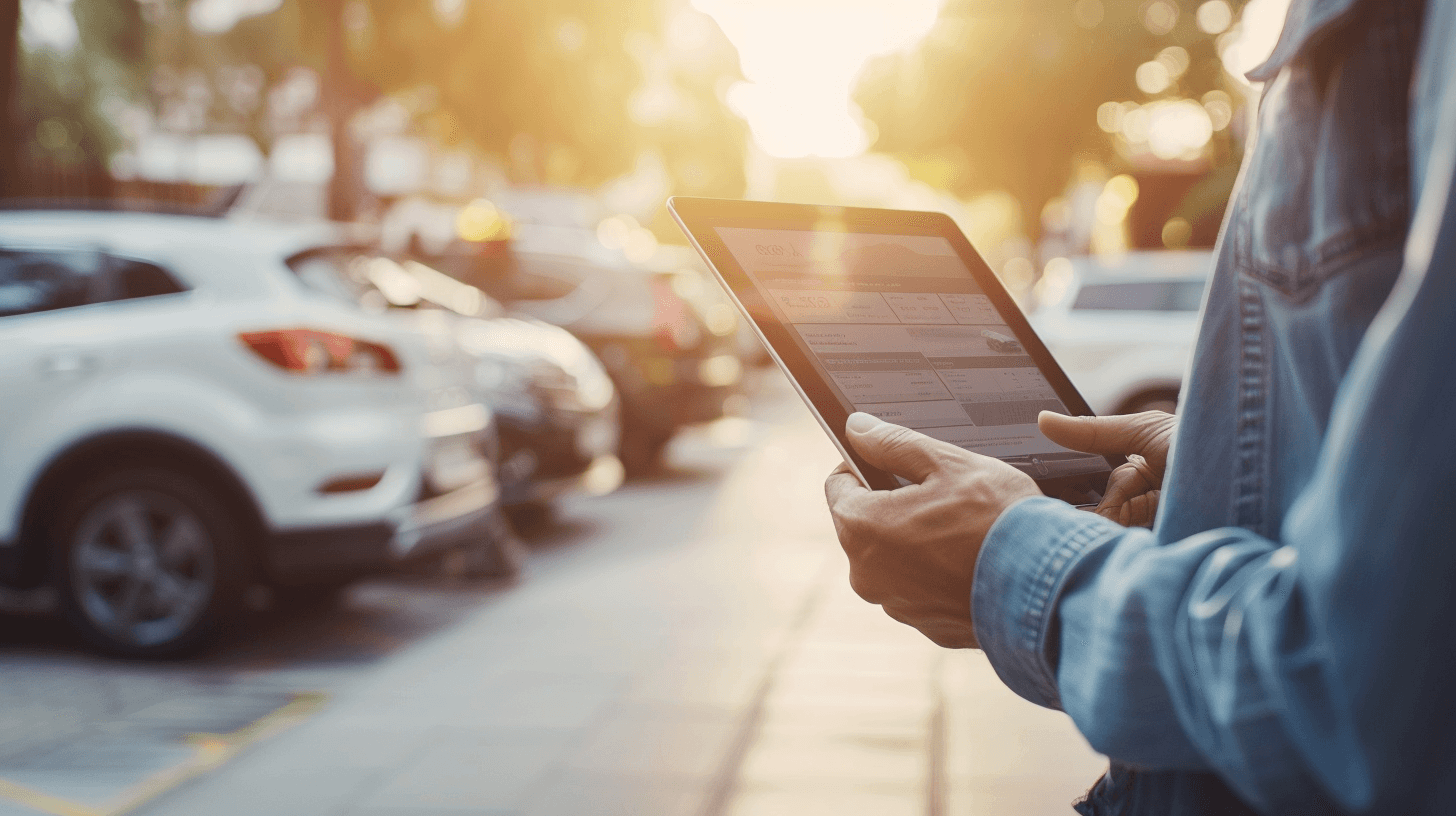
Handling Accidents With a Leased Vehicle: Know Your Responsibilities
Written By
Peter O'Neil
Published
Jun 17, 2024
Learn your responsibilities after an accident with a leased vehicle. Discover crucial steps to take immediately. Expert guidance for a smooth process.
At a Glance
Being in an collision can be stressful, and it can become even more complicated when the vehicle involved is leased. Understanding your responsibilities can help you navigate through this situation.
Introduction
When you lease a vehicle, you're essentially renting it long-term. If an accident occurs, it's crucial to know your responsibilities and take the appropriate actions to avoid any potential penalties or complications with your lease agreement.
Immediate Steps Post-Accident
The first steps after an accident are the same, whether the vehicle is leased, financed, or fully owned. Prioritize safety, check for injuries, move to a safe location if possible, and contact the appropriate authorities. Document the accident as thoroughly as you can, taking pictures and exchanging information with the other party involved.
For detailed guidelines on post-accident procedures, including dealing with insurance and reporting requirements, refer to the California Department of Insurance.
Notifying Your Lease Provider
After addressing immediate safety concerns, your next responsibility is to notify your lease provider about the accident. This is typically stated explicitly in your lease agreement, but if not, it is still a best practice to do so. The lease provider can provide guidance on the next steps, which often includes contacting your insurance company. Verify your lease agreement to confirm the requirements for notification.
Understanding Your Lease Agreement
Every lease agreement comes with different terms and conditions. It's important to understand what your lease agreement says about accidents and repairs. Some agreements may require that repairs be done at specific service centers or with specific parts to maintain the vehicle’s value. Non-compliance may result in penalties or additional charges. Ensure the vehicle is returned in the same condition as when it was received, with the exception of reasonable wear and tear. This article reviews the collision repair process, which might be helpful for those not familiar with the process.
Ensuring Quality Repairs
After an accident, ensuring the vehicle is repaired properly is crucial. Poor quality repairs can lead to further issues and potentially higher costs when the vehicle is returned at the end of the lease. Here are some steps to ensure quality repairs:
Choose a Reputable Collision Center: If your lease agreement allows, choose a repair shop with a good reputation and certified by the vehicle manufacturer.
Verify Repairs: Once repairs are completed, thoroughly inspect the vehicle to ensure all issues have been addressed. Look for mismatched paint, uneven gaps between body panels, and any lingering mechanical issues.
Keep Documentation: Maintain all repair receipts and documentation. This can be useful if there are any disputes about the quality of repairs or if further issues arise.
Dealing with Insurance
When an accident occurs, your auto insurance policy plays a critical role. Leasing companies usually require you to carry a comprehensive insurance policy to protect their asset. Depending on your policy's terms, your insurance should cover repair costs after you meet your deductible. Be prepared to provide your lease provider with proof of insurance and any necessary documentation related to the claim.
Potential Lease Penalties
If the leased vehicle is totaled, you could face potential penalties. Most lease agreements include a "gap" provision. If the insurance payout is less than what you still owe on your lease, gap insurance covers the difference. However, not all leases include gap coverage, so you may be responsible for making up the difference. Which is also why your insurance agent may have recommended additional "gap" insurance when you first leased your vehicle and reached out to update coverage. GAP insurance is also sold by dealerships.
Conclusion and Recommendations
Having an accident with a leased vehicle requires some additional steps compared to an owned vehicle. Understanding your responsibilities can help you navigate the process more smoothly:
Prioritize safety and document the accident thoroughly.
Notify your lease provider as soon as possible and verify the specific requirements in your lease agreement.
Understand your lease agreement and follow its stipulations regarding repairs.
Ensure repairs are done properly by choosing reputable service centers and verifying the quality of repairs.
Engage your insurance company and understand the coverage and limits of your policy.
Be aware of potential penalties or additional costs if the leased vehicle is totaled.
Accidents are stressful, but being prepared and knowledgeable about your lease agreement can help reduce additional complications. Finally, whether or not the leasing company must be notified should be verified in the agreement, but the expectation is that when the vehicle is returned following the lease, it should be in the same condition as when it was received, with the exception of reasonable wear and tear. Keep that in mind as you work through the repair process.
















